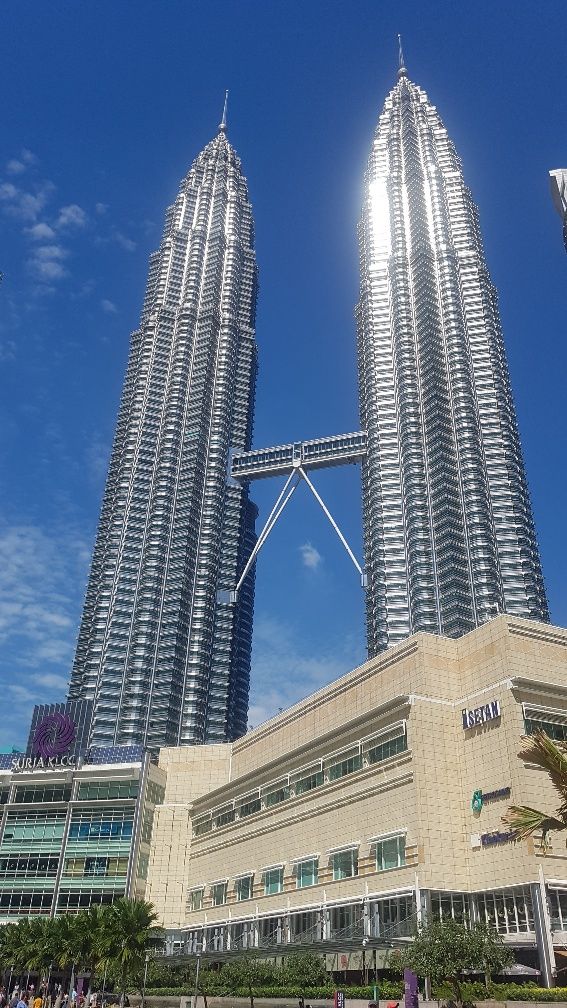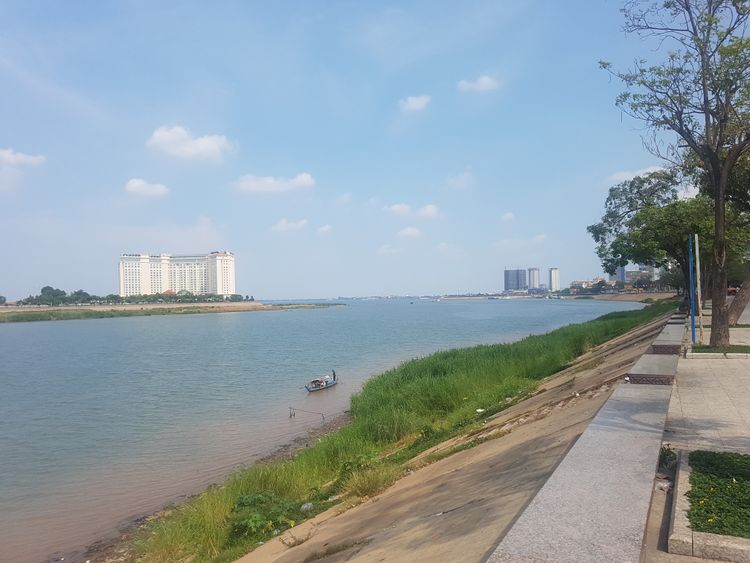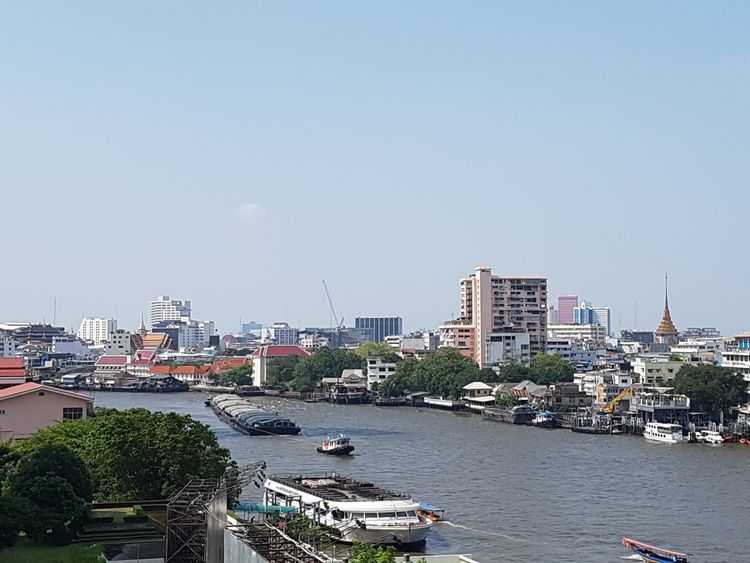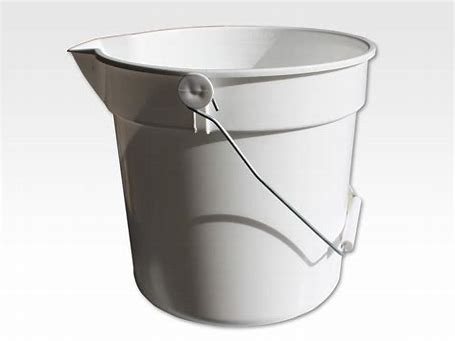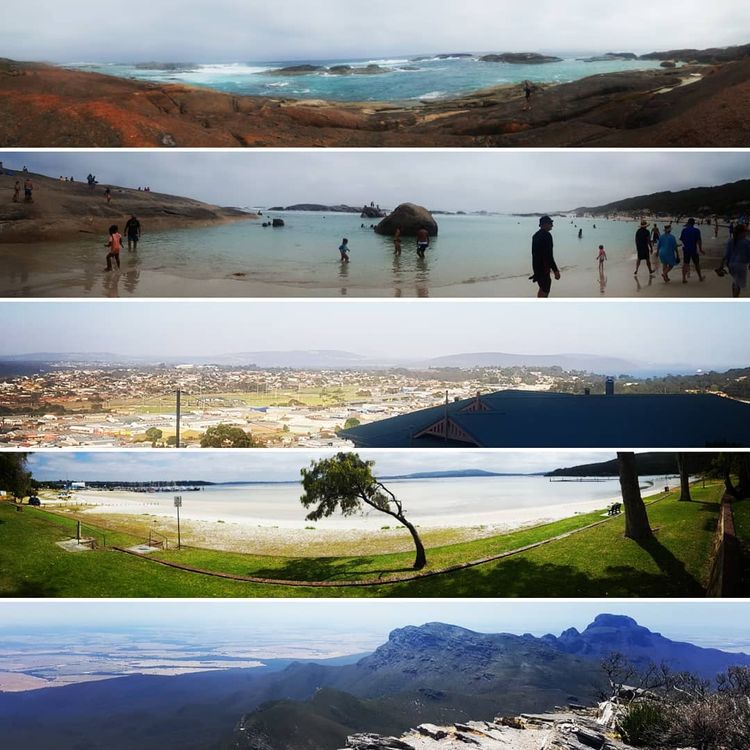Albania, Montenegro & Bosnia: Dont go Balkan my heart.
Albania, is a sovereign state in South-eastern Europe. Albania is located in the south-western part of the Balkan peninsula, bordered by Montenegro, Kosovo, the Republic of Macedonia, and Greece. The country has a coastline on the northern shore of the Mediterranean Sea, the Adriatic Sea to the west and the Ionian Sea to the southwest where the Albanian Riviera begins. Albania is less than 72 km from Italy, across the Strait of Otranto which connects the Adriatic Sea to the Ionian Sea.
In antiquity, the locality of Albania was home to several Illyrian, Thracian, and Greek tribes, as well several Greek colonies established on Illyrian territory. Albania was conquered by the Ottoman Empire in the 15th century, of which it remained part of for the next five centuries. After the collapse of the Ottoman Empire in Europe- following the Balkan Wars, Albania declared its independence in 1912 and was recognized the following year. The Kingdom of Albania was invaded by Italy in 1939, which formed Greater Albania, before becoming a Nazi German protectorate in 1943.
The following year, a socialist People's Republic was established under the leadership of Enver Hoxha and the Party of Labour. Albania experienced widespread social and political transformations in the communist era, as well as isolation from much of the international community. In 1991, the Socialist Republic was dissolved and the Republic of Albania was established.
After the fall of communism in Albania, Free-market reforms have opened the country to foreign investment, especially in the development of energy and transportation infrastructure.Albania has a high HDI and provides universal health care system and free primary and secondary education to its citizens.
Tirana
Tirana is the capital and largest city of Albania and as well the heart of Albania's cultural, economic and governmental activity. It is located on the western center of the country surrounded by hills with the Dajti Mountain on the east and a slight valley opening on the north-west overlooking the Adriatic Sea in the distance.
Tirana is a city with a rich history dating from the Paleolithic times back 10,000 to 30,000 years ago to the present day. The oldest settlement located in the area of the city was the Cave of Pellumbas. As argued by various archaeologists, Tirana and its suburbs are filled with ancient Illyrian toponyms as its precincts are some of the earliest regions in Albania to be inhabited.
Tirana is one of largest cities in the Balkan Peninsula ranking 7th with a population of 800,000 and the largest Albanian-speaking city in the world. The municipality, has a total population of 800,986. Being Albania's primate city, Tirana is the leading political, social and cultural center of Albania. Almost all of the largest companies, media and scientific institutions have their headquarters in the city. The city is ranked in the Top 10 of the sunniest cities in Europe with a total of 2544 hours of sun.
-
In the evenings, the locals like to walk. But it’s not just a walk. Known as xhiro, it’s an official evening walk where every resident comes out to stretch their legs and catch up with their neighbours. My brother and I were a bit taken aback by this, and thought that we were going to be mobbed in a back-street
-
When an Albanian is agreeing with you, he or she will shake their head, and when they are disagreeing with you they will nod. Be warned and avoid confusion. Yes means no and no means yes.
-
The majority of Albanians are Muslim. About 70% at last count. A 2011 census shows that about 60% of Muslims are practicing Sunni and Bektashi Shia
-
You’re likely to notice a large number of scarecrows in odd places. Albanians believe that a scarecrow placed on a home or other building while it’s under construction will ward off envy from the neighbours. Sometimes you’ll see a teddy bear serving the same purpose. The odd part is that the scarecrow or the teddy bear will be impaled on a rod or hung by a rope like a noose. Some also say that these talismans bring good luck.
-
When the communist era ended in 1991, there were roughly three million people in the country but only 3000 cars. Communism isolated the country and for a long time, only Party officers were permitted to use cars. In the years since, many more cars have come into the country, and the national preference appears to be Mercedes. Blame it on the late start in getting behind the wheel, or just cultural proclivity, but be warned: Albanians have a reputation for being some of the worst drivers on the planet. Not only are the roads in less than ideal condition, and not only are the cars barely drivable but the drivers themselves seem to be following individualized rules of the road. Look both ways before crossing the road!
-
The heroine of Albania is Anjezë Gonxhe Bojaxhiu. Better known to the rest of the world as Mother Teresa. She was born in Skopje, which is now a part of Macedonia, and is one of the most beloved religious figures of the 20th century. She is the only Albanian to win a Nobel prize.
-
Tirana, the capital of Albania has a lot of things in common with other European capitals – except one. It’s one of the only capitals without a McDonalds (another is Vatican City).
Post-Communist transformation is most apparent here. It’s practically unrecognizable from its old self. Primary colours decorate the buildings, more public squares and pedestrian streets, as well as new business and shopping. If you’re in Tirana and find yourself craving an American style hamburger, check out Kolonat, an Albania fast food chain that has a logo suspiciously similar to McDonald’s.
-
Currently, there are more Albanians living outside the country than living inside it. As you travel around the Balkans, you’ll see tons of qeleshes – the brimless felt hats that are a part of traditional Albanian dress. The estimates range from seven to ten million Albanians living throughout Europe, primarily in Macedonia, Montenegro, Kosovo, and Greece. Only three million Albanians actually live within its borders.
-
Albania has over 750,000 bunkers spread out across the land. They are hard to miss and can be a nice car game (Be the first to spot the bunker!). They were all built during the dictatorship of Enver Hoxha in order to protect the country from an invasion.
-
Raki is the national drink, but be warned! Raki made out in the villages is equal to about three normal drinks. If you’ve travelled in the Balkans, you’ve probably come across rakija or rakia. But the Albanian versus is quite unique. It’s an old school moonshine made from grapes that is incredibly strong.
-
The traditional dress of Albania uses wool, cotton, and silk, with embroidered patterns and symbols like the silver and gold Albanian eagle. Other symbols are pagan in origin and include moons, stars, suns, and snakes. Each region has its own traditions and would be happy to explain the subtle differences. If you’re looking for a good gift to take home, try buying a pair of Opinga – the traditional shoe worn by both men and women
Montenegro
Montenegro is a sovereign state in Southeastern Europe. It has a coast on the Adriatic Sea and is bordered by Croatia, Bosnia and Herzegovina, Serbia, Kosovo, and Albania. In 1042, archon Stefan Vojislav led a revolt that resulted in the independence of Duklja and the establishment of the Vojislavljević dynasty. Large portions fell under the control of the Ottoman Empire from 1496 to 1878. Parts were controlled by Venice and the First French Empire and Austria-Hungary, its successors. From 1515 until 1851, the prince-bishops (vladikas) of Cetinje were the rulers. From 1918, it was a part of Kingdom of Yugoslavia, which was succeeded by SFR Yugoslavia in 1945, FR Yugoslavia in 1992, and subsequently by the state union of Serbia and Montenegro in 2003. On the basis of an independence referendum held on 21 May 2006, Montenegro declared independence on 3 June of that year.
Budva is the poster child of Montenegrin tourism. Easily the country’s most-visited destination, it attracts hordes of holidaymakers intent on exploring its atmospheric Stari Grad (Old Town), sunning themselves on the beaches of the Budva Riviera and partying until dawn; with scores of bars and clubs, it’s not nicknamed ‘the Montenegrin Miami’ for nothing.
Though Budva has been settled since the 5th century BC, you’ll be hard-pressed finding much – outside of the Old Town – that isn’t shiny and relatively new. Development has run rampant here, and not all of it appears to be particularly well thought out. In the height of the season, Budva’s sands are blanketed with package holidaymakers from Russia and Ukraine, while the nouveau riche park their multimillion-dollar yachts in the town’s guarded marina. That said, Budva has a hectic, happy charm all its own, and is a must-stay stop on any Montenegrin itinerary
Bosnia - Nuem.
Neum is the only town to be situated along Bosnia and Herzegovina's 20 km of coastline, making it the country's only access to the Adriatic Sea. Border formalities with Croatia are relaxed at peak times. We swung through for a look, and the 10mins of time we were on Bosnian soil were grand
